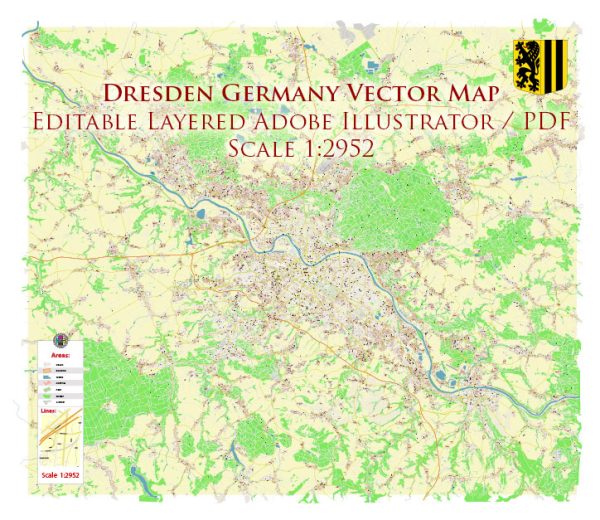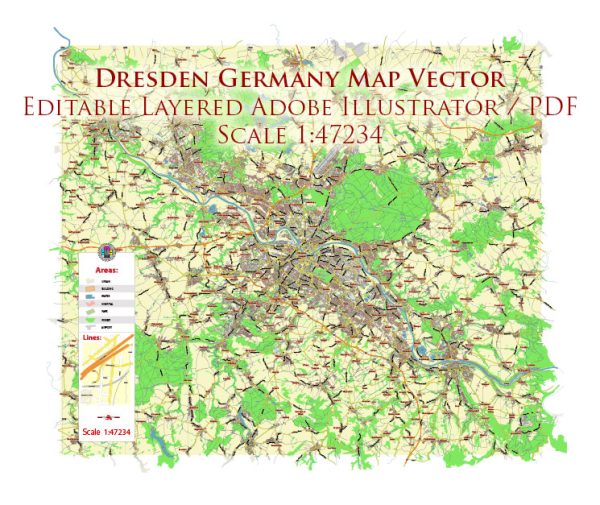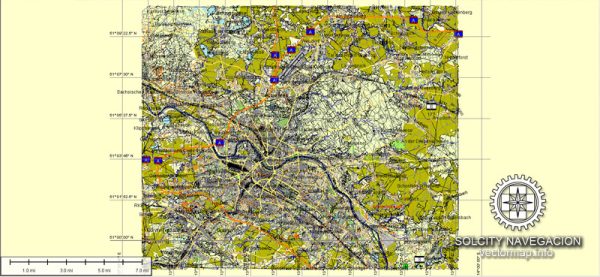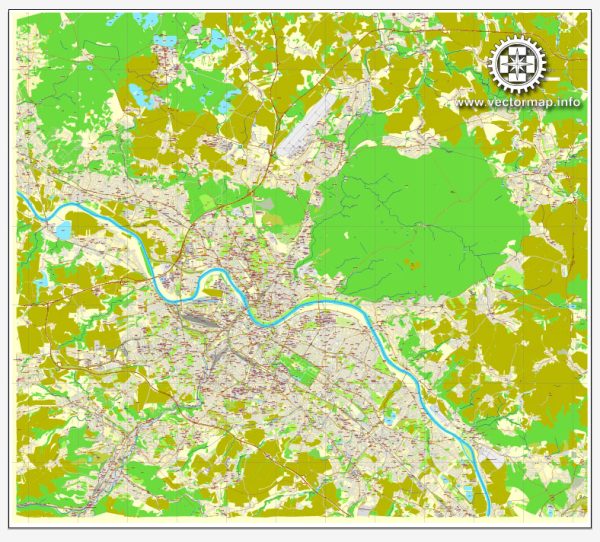Dresden, located in eastern Germany, is a city with a rich and complex history. Its history can be divided into several key periods:
- Medieval and Renaissance Period: Dresden’s history dates back to the early Middle Ages when it was first mentioned in documents from the 12th century. It developed as a market town and later became the residence of the Margraves of Meissen. During the Renaissance, it saw significant cultural and architectural development, including the construction of the famous Dresden Castle (Residenzschloss).
- Baroque Period: In the 18th century, Dresden underwent a major transformation during the Baroque era. Augustus II the Strong, Elector of Saxony and King of Poland, was a prominent figure responsible for the city’s Baroque splendor. He rebuilt and expanded the city, resulting in stunning architectural landmarks, such as the Zwinger Palace and the Dresden Frauenkirche. Dresden became known as the “Florence on the Elbe” due to its stunning baroque architecture and cultural richness.
- 19th Century: Dresden played a significant role in the events leading up to the unification of Germany in the 19th century. It was part of the German Confederation and witnessed the May Uprising of 1849, an unsuccessful attempt to establish a democratic government in the region. The city was later integrated into the German Empire in 1871.
- World War II: One of the darkest chapters in Dresden’s history occurred during World War II when the city was heavily bombed by Allied forces in February 1945. The bombing, known as the Dresden firebombing, caused massive destruction and loss of life. The city center was reduced to ruins, including many of its historical buildings.
- Post-War Reconstruction: After World War II, Dresden was part of East Germany and underwent significant reconstruction efforts during the communist era. Some historic buildings were rebuilt, while others remained in ruins. The city was an important industrial and cultural center within East Germany.
- Reunification and Contemporary Period: With the reunification of Germany in 1990, Dresden became part of the unified nation once again. The city underwent a process of revitalization and restoration, with many historical landmarks being reconstructed or refurbished. Dresden regained its status as a cultural and economic hub in eastern Germany.
Today, Dresden is known for its mix of historic and modern architecture, its vibrant cultural scene, and its status as the capital of the state of Saxony. It is home to world-class museums, such as the Zwinger Gallery, the Albertinum, and the Green Vault, which house impressive art collections. The city also hosts numerous cultural events, including the Dresden Music Festival and the Striezelmarkt, one of Germany’s oldest Christmas markets. Dresden’s historical significance and resilience are essential aspects of its identity, making it a fascinating destination for tourists and a symbol of Germany’s post-war reconstruction and unification.





 Author: Kirill Shrayber, Ph.D.
Author: Kirill Shrayber, Ph.D.